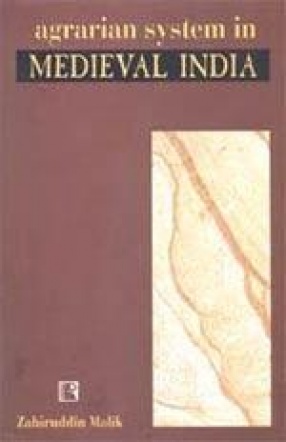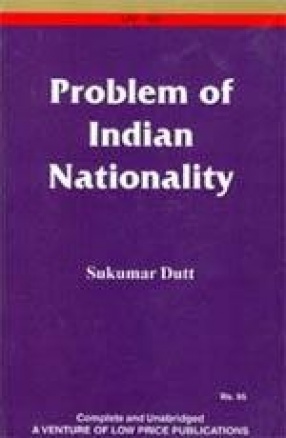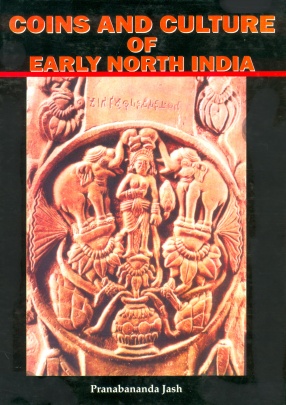This study, based on the recently discovered contemporary source material, mainly documents containing statistical data, both in Persian and English, examines those elements that formed the land revenue structure designed for a pargana under the Mughals and the changes effected in its working by the British in sarkar Shahabad, Suba Bihar, during 1734-1790. In the context of land revenue arrangements and local affairs, the discussion is centred round the nature of rights and privileges the dominant Ujjainya landlords and other diverse categories of landholders enjoyed, and the state of cultivating classes. It seeks to suggest that their earlier position and status gradually diminished under the colonial rule while the condition of peasants became miserable, specially after 1770. It also takes into account various policies and measures pursued by the British to obtain maximum land revenue and reviews their adverse effects in the region. While the system of land division, cropping patterns, modes of assessment, duties and privileges of subordinate officers and employees in a pargana continued unaltered till 1790, noticeable changes and innovations were made in land tenures, methods of revenue settlement, magnitude of demand, and procedures and practices in the collection of duties. This phenomenon of change and continuity that marked the period of transition has been explained giving contemporary historical evidence.
Agrarian System in Medieval India
In stock
Free & Quick Delivery Worldwide
reviews
Bibliographic information
Title
Agrarian System in Medieval India
Author
Edition
1st ed.
Publisher
ISBN
8170336600
Length
xvi+207p., Notes; Appendices; Bibliography; Index; 23cm.
Subjects






There are no reviews yet.